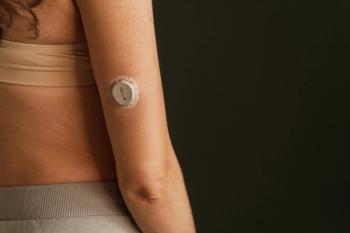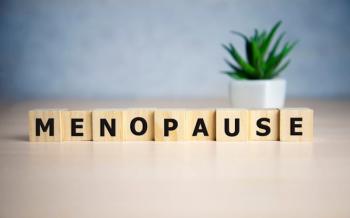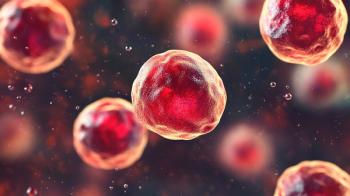
Experimental Gel Could Improve Arteriovenous Fistula Formation for Patients Requiring Hemodialysis
Up to 60% of arteriovenous fistulas fail to develop properly due to smooth muscle cell hyperplasia.
Preclinical trials suggest that an experimental gel could assist in the formation of arteriovenous fistulas (AVFs), which are critical for chronic hemodialysis, according to a study published in Biomaterials. The self-assembling nanomatrix gel releases a burst of nitric oxide (NO) within the first 24 hours, followed by sustained NO release over the course of 4 weeks.
Up to 60% of AVFs fail to develop properly due to smooth muscle cell hyperplasia, which is overgrowth inside the vessel and inadequate expansion of the vein. This can lead to illness and death in patients receiving dialysis. Further, treatment of vascular access dysfunction costs more than $2 billion per year, according to the investigators.
The researchers first demonstrated that NO plays an important regulatory role in AVF development. In a mouse model, mice that overexpressed endothelial nitric oxide synthase, an enzyme that synthesizes NO, had reduced intimal hyperplasia development and vein narrowing in their AVFs compared to control mice. Because of this, the investigators hypothesized that finding a way to release NO at the site of a newly formed AVF might support its development and maturation.
When the experimental gel was applied to a newly joined artery-vein meant to create an AVF in rats, it persisted at that site. According to the investigators, the rats showed a reduction in intimal hyperplasia formation of more than 70%. Further, vein diameter and smooth blood flow were both improved compared to the control group.
“Therefore, direct application of the NO releasing nanomatrix gel to the AVF anastomosis immediately following AVF creation may enhance AVF development, thereby providing long-term and durable vascular access for hemodialysis,” the researchers said in a prepared statement.
Joseph Garner, PhD, CEO of Endomimetics, said that demonstrating the AVF Gel substantially increases the success rate of AVF development could drastically improve patient quality of life while simultaneously decreasing the cost of AVF creation significantly. Recently awarded grants will support large scale manufacturing of the gel, as well as safety studies required to pursue FDA approval of the gel as an investigational new drug.
REFERENCE
Gel to improve development of an arteriovenous fistula holds promise for kidney-dialysis patient care [news release]. EurekAlert; December 13, 2021. Accessed December 15, 2021.
Newsletter
Stay informed on drug updates, treatment guidelines, and pharmacy practice trends—subscribe to Pharmacy Times for weekly clinical insights.

















































































































































































































